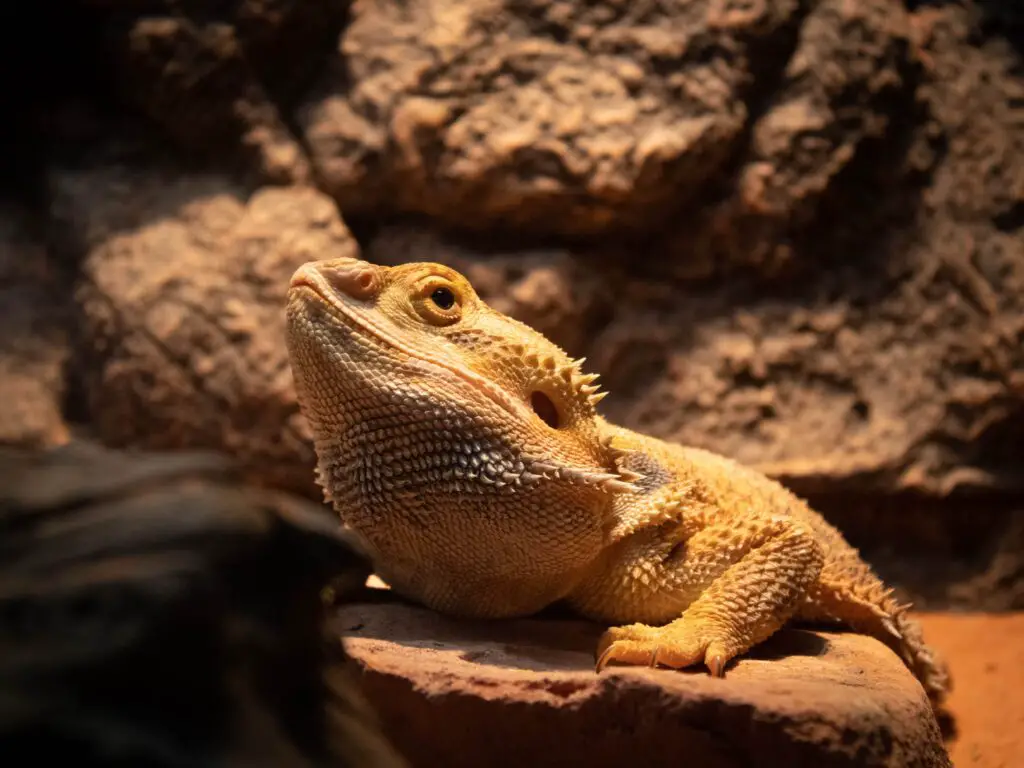Bearded dragon weight chart
Bearded dragon weight chart: Bearded dragons, scientifically known as Pogona vitticeps, have become increasingly popular as reptilian pets in recent years. These captivating creatures hail from the arid regions of Australia and are cherished for their unique appearance and docile nature.
With their endearing personalities and low maintenance requirements, it is no wonder that bearded dragons have captured the hearts of pet enthusiasts worldwide. As responsible owners, it is crucial to understand the importance of monitoring a bearded dragon’s weight for their overall health and well-being.
Just like any other living being, maintaining a healthy weight is essential for these reptiles to thrive. By regularly monitoring their weight through a comprehensive charting system, we can gain insights into their growth patterns, identify potential health issues early on, and ensure they receive proper care.
Unlike some other pets that can easily express discomfort or illness through verbal cues or visible signs, bearded dragons rely heavily on subtle changes in behavior and appearance. This makes weight monitoring an invaluable tool in assessing their general condition.
By establishing a routine of regular weigh-ins, we can detect any deviations from the expected weight range promptly. This proactive approach allows us to intervene at an early stage if necessary and seek veterinary assistance if required.
Understanding Bearded Dragon Growth
Explanation of the Growth Stages in Bearded Dragons
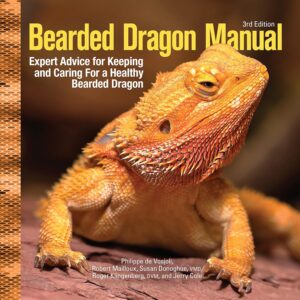 Bearded dragons, like many reptiles, go through distinct growth stages as they mature. Understanding these stages is crucial for monitoring their development and ensuring their overall well-being. The first stage is the hatchling phase, which begins when they emerge from their eggs.
Bearded dragons, like many reptiles, go through distinct growth stages as they mature. Understanding these stages is crucial for monitoring their development and ensuring their overall well-being. The first stage is the hatchling phase, which begins when they emerge from their eggs.
Hatchlings are typically around 4 to 5 inches long and weigh about 10 grams on average. At this early stage, they require specific care and feeding to establish a healthy foundation for growth.
As hatchlings transition into juveniles, they experience rapid growth over several months. Juvenile bearded dragons range from 8 to 12 inches in length and weigh between 50 to 150 grams, depending on various factors such as genetics and diet quality.
This period is critical for bone development and establishing strong muscle mass. The next stage is the subadult phase, where bearded dragons start showing more adult-like features but have not yet reached full maturity.
Subadults typically measure between 14 to 20 inches long and weigh about 200-400 grams. During this stage, their growth rate slows down compared to the previous stages but is still significant.
Bearded dragons reach adulthood at around one year of age or older. Adult males tend to be larger than females in both length and weight; they can reach lengths of up to two feet or more and weigh anywhere between 400-600 grams or more depending on their genetic potential and overall health.
Factors Influencing Growth Rate
Several factors play a role in influencing the growth rate of bearded dragons throughout each stage of development. One primary factor is diet; providing a well-balanced diet rich in essential nutrients like calcium, protein, vitamins, and minerals is crucial for healthy growth. Feeding juvenile bearded dragons with appropriately sized live insects, such as crickets, dubia roaches, and mealworms, is essential to meet their increased nutritional demands.
Temperature also significantly affects growth rate. Bearded dragons require a basking spot with temperatures ranging between 95-105°F (35-40°C) during the day to maintain proper digestion and metabolic processes.
A cooler side of the enclosure should be maintained at around 80°F (27°C) to allow for thermoregulation. Consistently providing appropriate temperature gradients allows them to properly metabolize nutrients and promotes healthy growth.
Habitat conditions, including the size of the enclosure, lighting setup, and appropriate substrate choice, can also impact a bearded dragon’s growth. Providing enough space for them to exercise and explore promotes muscle development.
A suitable UVB lighting source is essential for calcium absorption and overall bone health. Additionally, using a safe and easy-to-clean substrate like reptile carpet or ceramic tiles helps prevent impaction.
Average Size and Weight Expectations for Each Growth Stage
Understanding average size and weight expectations for each growth stage aids in assessing if a bearded dragon is growing normally or experiencing any potential health issues. Hatchlings typically measure about 4-5 inches long at birth, while juveniles fall between 8-12 inches in length after several months of rapid growth. Subadult bearded dragons range from 14-20 inches long as they approach maturity but have not yet reached their full adult size.
Adult males tend to grow larger than females; they can reach lengths of up to two feet or more. When it comes to weight expectations, hatchlings generally weigh around 10 grams at birth.
Juveniles can weigh between 50-150 grams depending on various factors like diet quality and genetics. Subadults typically range from 200-400 grams before reaching adulthood where male bearded dragons may weigh between 400-600 grams or more.
It’s important to remember that these are average size and weight ranges, and individual variations exist within each growth stage. Regular monitoring of a bearded dragon’s weight and comparing it to these averages can provide valuable insights into their growth progress and overall health.
The Significance of Weight Charting
Benefits of keeping a weight chart for a bearded dragon
Weight charting for your beloved bearded dragon is not just an arbitrary task, but an essential practice that carries numerous advantages. By diligently tracking your pet’s weight, you can gain valuable insights into their overall health and well-being. A weight chart acts as a window into their internal condition, enabling you to identify potential health issues or abnormalities early on and take appropriate action.
Early detection of potential health issues or abnormalities
One of the primary benefits of keeping a weight chart for your bearded dragon is the ability to detect any potential health issues or abnormalities at an early stage. Drastic fluctuations in weight can often indicate underlying problems such as malnutrition, dehydration, parasites, or even organ dysfunction. By regularly monitoring the weight trends and comparing them to established growth patterns, you can spot even subtle changes that might go unnoticed otherwise.
For instance, if you notice a sudden drop in your bearded dragon’s weight despite consistent feeding habits and proper husbandry practices, it could signify digestive issues or metabolic disorders. Detecting these concerns promptly allows for timely intervention and treatment by consulting with a reptile veterinarian.
Monitoring the effectiveness of diet and feeding habits
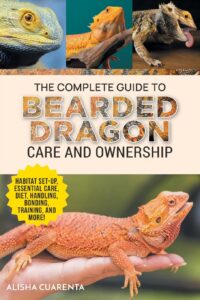 In addition to identifying potential health concerns, maintaining a bearded dragon weight chart also enables you to evaluate the effectiveness of their diet and feeding habits. These unique reptiles have specific nutritional requirements that vary depending on their age, size, and life stage.
In addition to identifying potential health concerns, maintaining a bearded dragon weight chart also enables you to evaluate the effectiveness of their diet and feeding habits. These unique reptiles have specific nutritional requirements that vary depending on their age, size, and life stage.
By recording their weights alongside dietary information such as portion sizes, food types (insects versus vegetation), supplementation usage (calcium or multivitamins), and feeding frequencies (daily or every other day), you can assess whether they are receiving adequate nutrition. Regularly analyzing the data allows you to make informed adjustments in their diet to meet their evolving needs.
For instance, if you notice a plateau or decline in weight over time, it may indicate the necessity for a diet modification or a visit to the veterinarian to rule out any underlying health issues. By fine-tuning their diet based on the weight chart observations, you can ensure that your bearded dragon thrives and maintains optimal health.
Tracking growth patterns to ensure proper development
Bearded dragons undergo distinct growth stages, and closely monitoring their weight chart is indispensable for ensuring proper development. From hatchlings to adults, these reptiles experience significant changes in size and weight throughout their lives.
By consistently logging these measurements and comparing them against established growth standards within each stage (hatchling, juvenile, subadult, adult), you can track their progress and identify any potential growth abnormalities. For example, if your juvenile bearded dragon’s weight fails to increase as expected over several months or shows signs of stunted growth compared to typical growth rates within its age range, it might indicate an underlying issue that requires attention.
Early recognition of such deviations can help address nutritional deficiencies or other environmental factors inhibiting healthy development. Maintaining a bearded dragon weight chart offers invaluable benefits for their overall well-being.
It allows for early detection of potential health concerns or abnormalities by observing weight fluctuations outside the norm. Additionally, tracking their weights in conjunction with dietary information helps assess the effectiveness of their nutrition plan and promotes necessary adjustments when required.
Monitoring growth patterns aids in ensuring they develop properly at each life stage. By dedicating yourself to this diligent record-keeping practice, you are empowered with insights that will undoubtedly contribute to your bearded dragon’s long-term health and happiness.
Creating a Bearded Dragon Weight Chart
When it comes to monitoring the weight of your bearded dragon, selecting a reliable and accurate scale or balance is crucial. A digital kitchen scale with a capacity of at least 5 grams is recommended for accurately weighing your pet. Ensure that the scale has a tare function, which allows you to zero out the weight of any container or substrate used during the weighing process.
This ensures that you only measure the actual weight of your bearded dragon. Avoid using bathroom scales or other imprecise methods as they may provide inaccurate readings.
The frequency at which you should weigh your bearded dragon depends on their age and overall health condition. For young hatchlings and juvenile dragons under one year old, it is advisable to weigh them weekly to closely monitor their growth rate.
This allows you to identify any sudden fluctuations in weight that may indicate health issues. Once they reach adulthood, weighing them every couple of weeks or even monthly can suffice as long as there are no concerns regarding their health or appetite.
To effectively track and analyze your bearded dragon’s weight data over time, it is essential to record and organize it in a systematic manner. One efficient approach is maintaining a spreadsheet dedicated solely to this purpose. Create columns for date, weight measurement, time since previous measurement, feeding schedule, notable observations (e.g., shedding), and any relevant notes about changes in behavior or health status.
Alternatively, if you prefer traditional pen-and-paper methods, keep a dedicated journal where you can log all necessary information consistently. By consistently recording these details during each weigh-in, you will create a comprehensive record that enables you to identify patterns and trends over time.
This comprehensive approach provides valuable insights into your bearded dragon’s health and progress, allowing you to make informed decisions regarding their care and well-being. Remember, maintaining accurate records is essential for successfully analyzing weight data, identifying potential issues promptly, and ensuring the overall health of your bearded dragon.
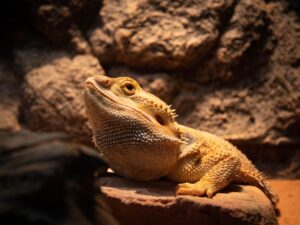
Interpreting the Weight Chart Data
Understanding weight fluctuations based on age and shedding cycles
When interpreting the weight chart data of a bearded dragon, it is crucial to consider the age and shedding cycles of these reptiles. Young bearded dragons experience rapid growth during their first year, resulting in noticeable weight gain.
However, as they mature into adulthood, their growth rate slows down, leading to more gradual weight changes. Additionally, shedding is a natural process for bearded dragons, during which they may temporarily lose some weight.
This shedding-related weight loss occurs as their old skin is shed off to accommodate their growing body. Therefore, it is important not to panic over temporary drops in weight during these shedding periods.
Explaining temporary weight loss during shedding periods
During the shedding process, bearded dragons may exhibit temporary weight loss due to several factors. Firstly, as their outer layer of skin becomes loose and tightens upon shredding completion, this can lead to slight dehydration in some cases.
Furthermore, the increased energy expenditure that occurs during shedding can also contribute to a minor decrease in appetite and subsequent reduction in weight. It’s important not to worry excessively during these phases but rather focus on providing adequate hydration by offering regular bathing sessions or misting the enclosure.
Identifying normal weight gain during growth spurts
As bearded dragons go through growth spurts at different stages of life (particularly as juveniles), it is crucial for pet owners to understand and identify normal patterns of weight gain. During these growth spurts, bearded dragons will naturally experience significant increases in both size and bulkiness.
This marked increase in mass indicates healthy development and should not cause concern unless accompanied by other adverse symptoms such as decreased appetite or lethargy.
Troubleshooting Weight Issues
Addressing potential causes for abnormal weight loss or gain
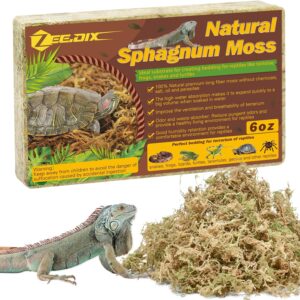 If your bearded dragon’s weight chart exhibits abnormal fluctuations, it is vital to address the underlying causes promptly. Inadequate diet and nutrition can lead to both weight loss and gain problems.
If your bearded dragon’s weight chart exhibits abnormal fluctuations, it is vital to address the underlying causes promptly. Inadequate diet and nutrition can lead to both weight loss and gain problems.
Ensure that your pet’s diet consists of a well-balanced variety of insects, leafy greens, and appropriate supplementation. Incorrect temperature or lighting conditions can also impact appetite, digestion, and metabolism, resulting in weight issues.
Maintaining a suitable temperature gradient within the enclosure and providing proper UVB lighting are essential for their overall health. Stress or illness can significantly affect a bearded dragon’s weight.
If you notice signs of stress or suspect illness, consult with an experienced reptile veterinarian for proper diagnosis and treatment.
Additional Factors to Consider
Gender differences in size and weight
It is important to note that there are distinct size and weight differences between male and female bearded dragons. Males tend to be larger and heavier than females due to sexual dimorphism. Understanding these variations will help prevent unnecessary concerns about discrepancies in weight among different individuals.
Variations between different bearded dragon morphs
Bearded dragons come in various morphs (color variations) that have been selectively bred over time. These morphs may exhibit slight variations in size or body shape compared to their wild-type counterparts.
When monitoring the weight of a specific bearded dragon morph, it is important to consider any breed-specific tendencies or growth patterns associated with that particular variation.
To sum up bearded dragon weight chart
The interpretation of a bearded dragon’s weight chart assists in understanding their growth patterns and shedding cycles effectively. Temporary drops during shedding periods are normal occurrences due to dehydration caused by skin tightening but should not cause concern if temporary.
Furthermore, recognizing normal weight gain during growth spurts is crucial in ensuring healthy development. Troubleshooting weight issues involves addressing potential causes such as nutrition, temperature, lighting, stress, or illness promptly.
Additionally, considering factors like gender differences and morph-specific variations helps to assess individual bearded dragons accurately. By observing these aspects and utilizing the weight chart effectively, you can provide the best care for your beloved reptilian companion, promoting their overall well-being and longevity.
Further Reading:
- Carolina Custom Cages Terrarium Review
- 8 Best Basking Rocks for Beardie: What Is the Best Choice?
- 10 Best Thermometers for Beardie: How to Choose the Best One?
- 5 Best Beardie Lighting Setups for Beardie Lovers
- 9 Best Heat Lamps for Beardie: Natural Habitat Provided

